- Water Testing Meters
- Anemometer
- Length & Distance Meter
- Multimeter & Clamp Meter
- Light and Sound Meter
- Slide Calipers & Screw Gauge
- Thermometer & Hygrometer
- Milk Testing Meters
- Paper, Grain & Wood Testers
- Stopwatch & Timers
- Soil Testing Meters
- Refractometers & Analyzer
- Magnetic Compass
- Tachometer & Megger
- Thickness & Dia-Meters
- Other Meter And Accessories
Weight Bars for Hook’s Law Apparatus
৳ 400.00
- Weight Bars for Hook’s Law Apparatus
- Total: 50g x 5PCS = 250gm
- Made in Bangladesh
8 in stock
SKU:
86581
Category: Physics Lab Materials
Tags: Educational Lab Apparatus in BD, Physics Lab Equipment Price in Bangladesh, Weight Bar
Description
In Hooke’s Law experiments, the weight bars or hanger is used to apply a measurable force (often by hanging masses) to a spring or elastic material to observe its extension. The setup helps verify Hooke’s Law, which states that the force FFF applied to a spring is directly proportional to the extension xxx it causes, provided the elastic limit is not exceeded:
F=kx
Where:
- F is the applied force (often the weight in Newtons),
- x is the extension of the spring,
- k is the spring constant (a property of the spring).
Key Components of a Hooke’s Law Apparatus Weight Bars:
- Weight Hanger:
- A bar or rod designed to hold weights securely.
- Often made of metal, lightweight, with hooks or clips to attach to the spring.
- It typically weighs a small, known amount (e.g., 50 g or 100 g), which is included in the total weight applied to the spring.
- Slotted Weights:
- Weights with holes or slots can easily be added or removed from the weight hanger.
- Common increments: 50 g, 100 g, 200 g, etc.
- It is made of metal, with accurate labeling for precise measurements.
- Material:
- The weight bar and weights are usually made of brass, steel, or aluminum for durability and precision.
- Precision:
- For experiments, precision is critical, so the weights should be standardized and calibrated.
Usage:
- The weight hanger is attached to the bottom of the spring.
- Weights are incrementally added to the bar, measuring the extension of the spring after each addition.
- The force applied by the weights is calculated by multiplying the mass of the weights by gravity (F=mgF = mgF=mg), where g≈9.8 m/s2g \approx 9.8 \, m/s^2g≈9.8m/s2.
Reviews (0)
Only logged in customers who have purchased this product may leave a review.
About brand
Labtex is a seller, supplier, and stockist of Chinese-branded and non-branded lab equipment, scientific instruments, chemicals, reagents, microscopes, telescopes, medical devices, etc., in Bangladesh. Labtex always tries to sell the original products through the website and direct sales.
Shipping & Delivery
Delivery within 1-3 working days in Dhaka City and 3-5 working days anywhere in Bangladesh.
Disclaimer and Declaration
We are using this website as a catalog or brochure to represent our company in the digital world. Here displayed products and the physical products may slightly vary due to the deviation of lighting sources, photography, or your device display settings. And to improve product quality and prevent counterfeiting, actual products may vary, which may not match the image shown here. And here prices shown may be changed depending on the market price. And all prices are without VAT and AIT. Displayed on this website are not our ready-stock products, but we can deliver within the due time, which means delivery within 1-3 days in Dhaka city and within 3-5 days anywhere in Bangladesh.N.B.: We can’t deliver liquid products outside of Dhaka City. Please don’t place an order for liquid products from outside Dhaka City.Special Caution: None of our chemicals is suitable for human consumption or use in food. These are only for Research and Analysis.
Website Disclaimer:
This website may use some copyrighted materials without specific authorization of the owner, but the contents used here which is under the “Fair Use” of website content Policy. Copyright Disclaimer Under section 107 of the Copyright Act 1976, allowance is made for “fair use” for purposes such as comment, news reporting, teaching, scholarship, research, and analysis. Fair use is a use permitted by copyright statute that might otherwise be infringing. Non-profit, educational, training, experimental, or personal use tips the balance in favor of fair use. If you have any complaints about our content or find any content, image, video, or text that is copyrighted by you and want to remove it from this website, please feel free to email us at Labtexbangla@gmail.com. Those contents will be removed from this website.বি: দ্র: আমাদের অফিস থেকে সরাসরি পণ্য নেওয়ার ক্ষেত্রে, আমাদের অফিসে আসার নূন্যতম ৩ ঘন্টা আগে ফোনে জানিয়ে আসতে হবে। নতুবা ততক্ষনাৎ অফিস থেকে পণ্য দেওয়া সম্ভব হবে না।বিশেষ সর্তকতাঃ আমাদের কোনও রাসায়নিকই মানুষের ব্যবহারের জন্য বা খাবারে ব্যবহারের জন্য উপযুক্ত নয়। এগুলি কেবল গবেষণা এবং বিশ্লেষণের জন্য।


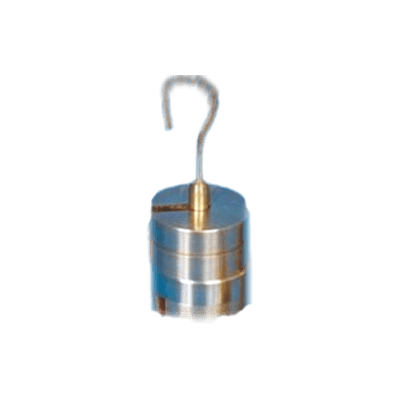

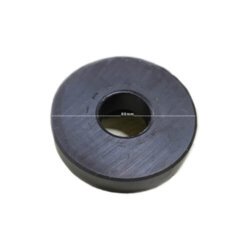
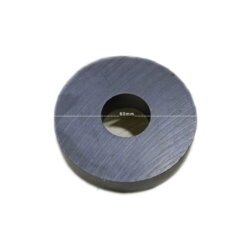
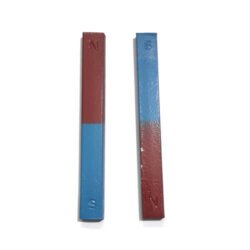
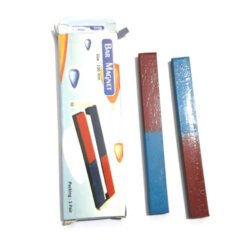
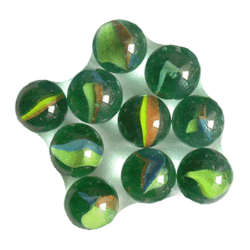
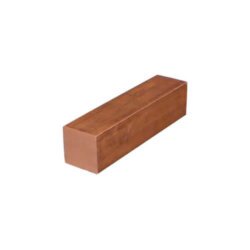
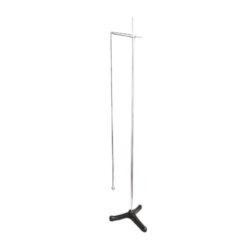



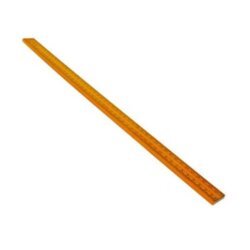
Reviews
There are no reviews yet.